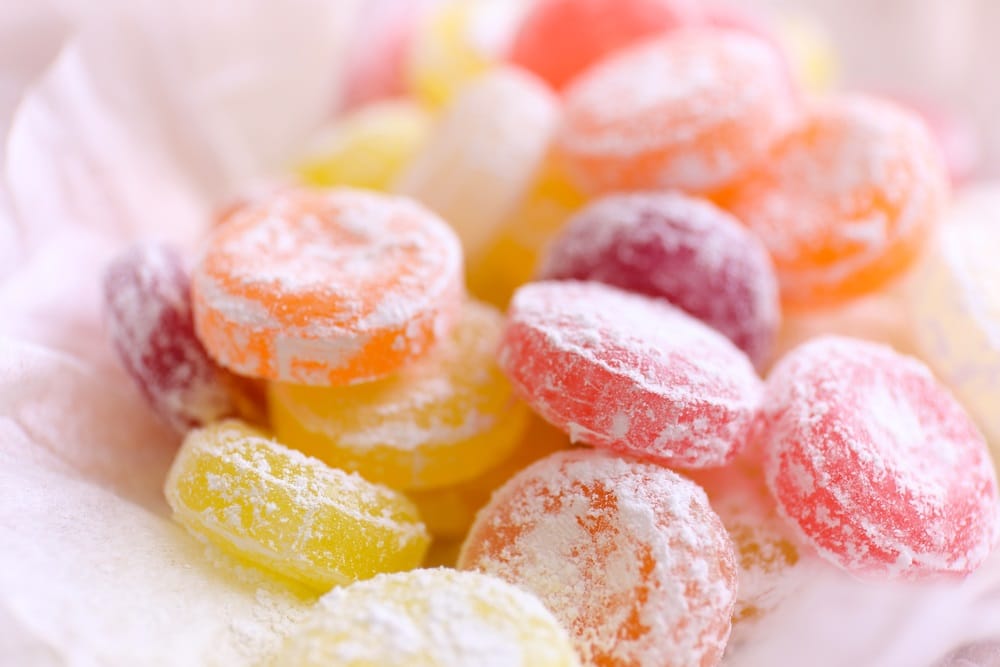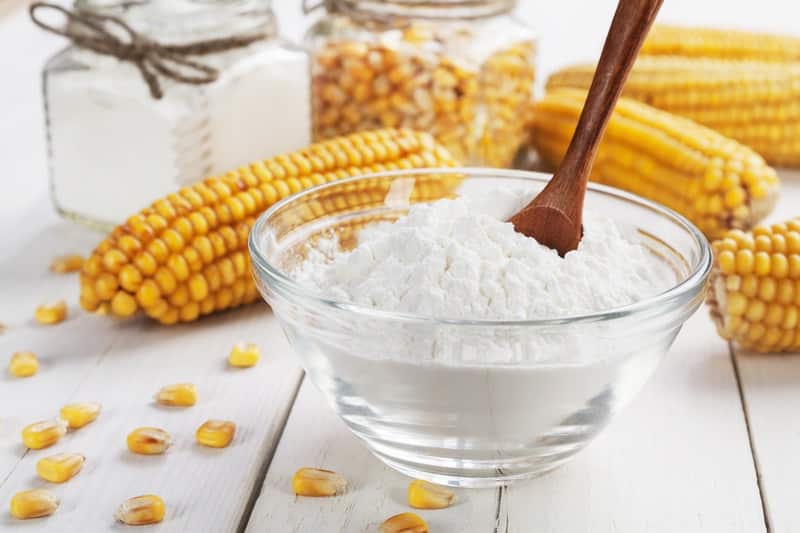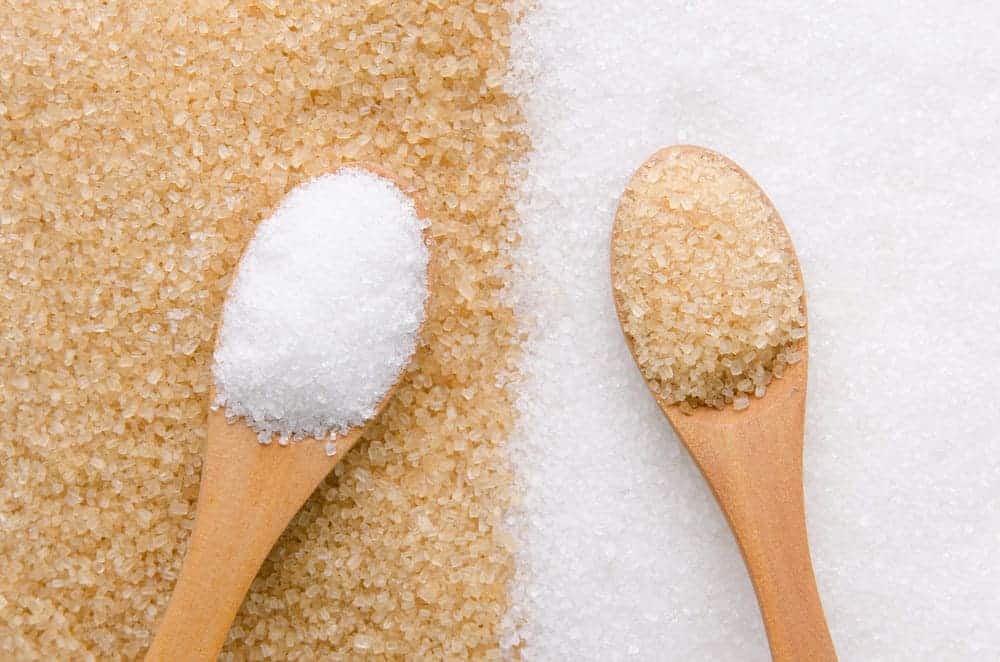
Hard candy is also known as “sugar candy.” It is made from sugar syrups that are heated to a specific temperature to ensure the candy sets well and has a proper hard texture.
Since it contains sugar syrups that attract moisture from the air, one needs to be extremely careful about storing it correctly at the correct temperature to make sure it does not become sticky.
However, if your hard candy has already become sticky, we have some solutions to help you out.
How to Fix Sticky Hard Candy
Perhaps you have made hard candy at home or maybe you bought it from the store. Either way, now you’re stuck (literally!) with sticky sweets that are unpleasant to handle and eat.
In the section below, we share six ways to fix that sticky hard candy.
1. Cornstarch
The first option is to coat your hard candy with a thin layer of cornstarch because it will prevent your candy from sticking together.
In addition to this, cornstarch does a great job at absorbing extra moisture from the air around the candy in the container, promising better texture.
Don’t worry – cornstarch has a fine texture and no noticeable flavor so it won’t affect the taste of your candy. In fact, some sweet manufacturers still package their product with cornstarch.
Just use a small sieve and sift a little cornstarch over the sweets. Be sure to coat all the surfaces. Once done, store the candy in an airtight container in a cool, dark place. Candy should not be stored in the fridge.
2. Powdered Sugar
If you prefer not to use cornstarch, powdered sugar (icing sugar or confectioner’s sugar) is another option. This product contains not only powdered sugar but also a small amount of cornstarch.
Simply sift a little over the candies, turning to coat them evenly, and store them in an airtight container. Of course, using powdered sugar will add a little extra sweetness to the candy.
3. Granulated Sugar
Have you ever noticed how some jelly sweets are sold coated with a thin layer of granulated sugar? This is to prevent them from sticking together.
Granulated sugar does the same job with hard candies so try it if you don’t have any cornstarch or confectioners sugar available. Simply roll the sticky hard candy in the sugar.
White sugar is preferable to brown for this purpose as it won’t alter the taste or color of the candy. It will add a crunchy element to the sweets but it quickly dissolves in the mouth. Once you have coated the candy, be sure to store it in an airtight container.
4. Proper Storage
While proper storage won’t fix already sticky hard candy, it will prevent it from becoming sticky in the first place. If you frequently need to store hard candy, invest in glass jars with an airtight design because they keep the moisture out.
Keep in mind that you shouldn’t use plastic containers because they usually don’t work well for keeping things airtight. When storing your candy, add a few silica gel sachets to the jars as these will help to absorb any moisture present.
Alternatively, you can put some rice at the bottom of the candy jar as rice absorbs moisture. Just don’t put rice in if your candy is already sticky otherwise it will stick to the rice grains and be unpleasant to eat!
5. Wrap It
Another fix for sticky hard candy is to simply wrap the individual pieces in cellophane paper. This will provide attractive, individual portions that won’t stick to one another.
The cellophane is easy to remove when you want to eat the sweet and will not affect the flavor.
6. Cooking Temperature
If you are still in the process of making your hard candy from a recipe and find that the mixture is sticky, heat it further until it reaches what is known as “the hard crack stage.”
Using a candy thermometer, heat the candy mixture until it reaches 300 degrees Fahrenheit. You can then remove it from the heat and it will set without being sticky.
Any lower than that and your candy will be soft and toffee-like; any higher and the sugar will caramelize and burn.
Usually, the candy thermometers are designed with a clip that should be attached to the side of the pot, so you can keep a regular eye on the temperature.
Once the correct temperature has been reached, you can take the saucepan off the stove.
Make sure that the thermometer’s tip does not touch the bottom of the pan because this will result in inaccurate (too high) temperature readings and perhaps produce sticky candy from removing it too soon.
Always invest in a high-quality thermometer to ensure the readings are accurate.
To Conclude
We hope our six tips are useful for you. Do let us know if you have any other hacks for fixing sticky hard candy.



